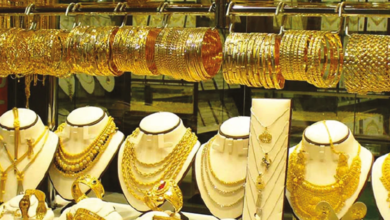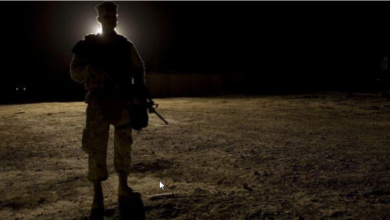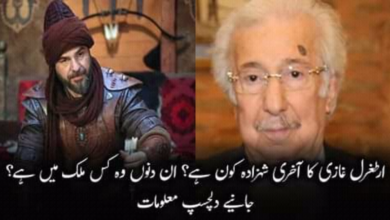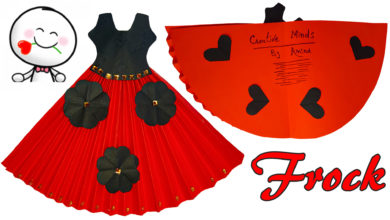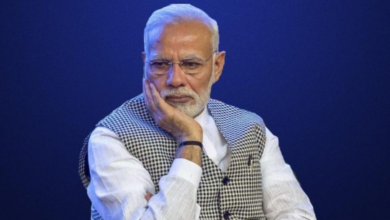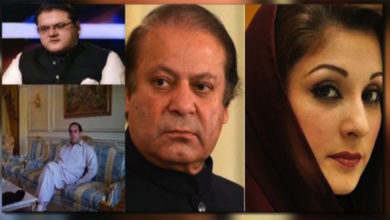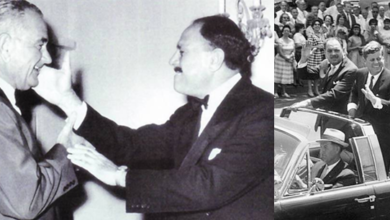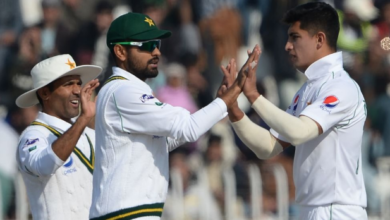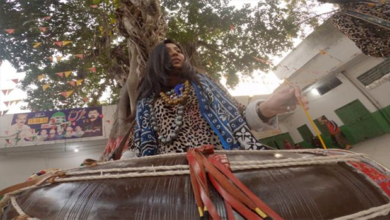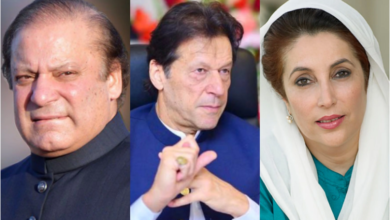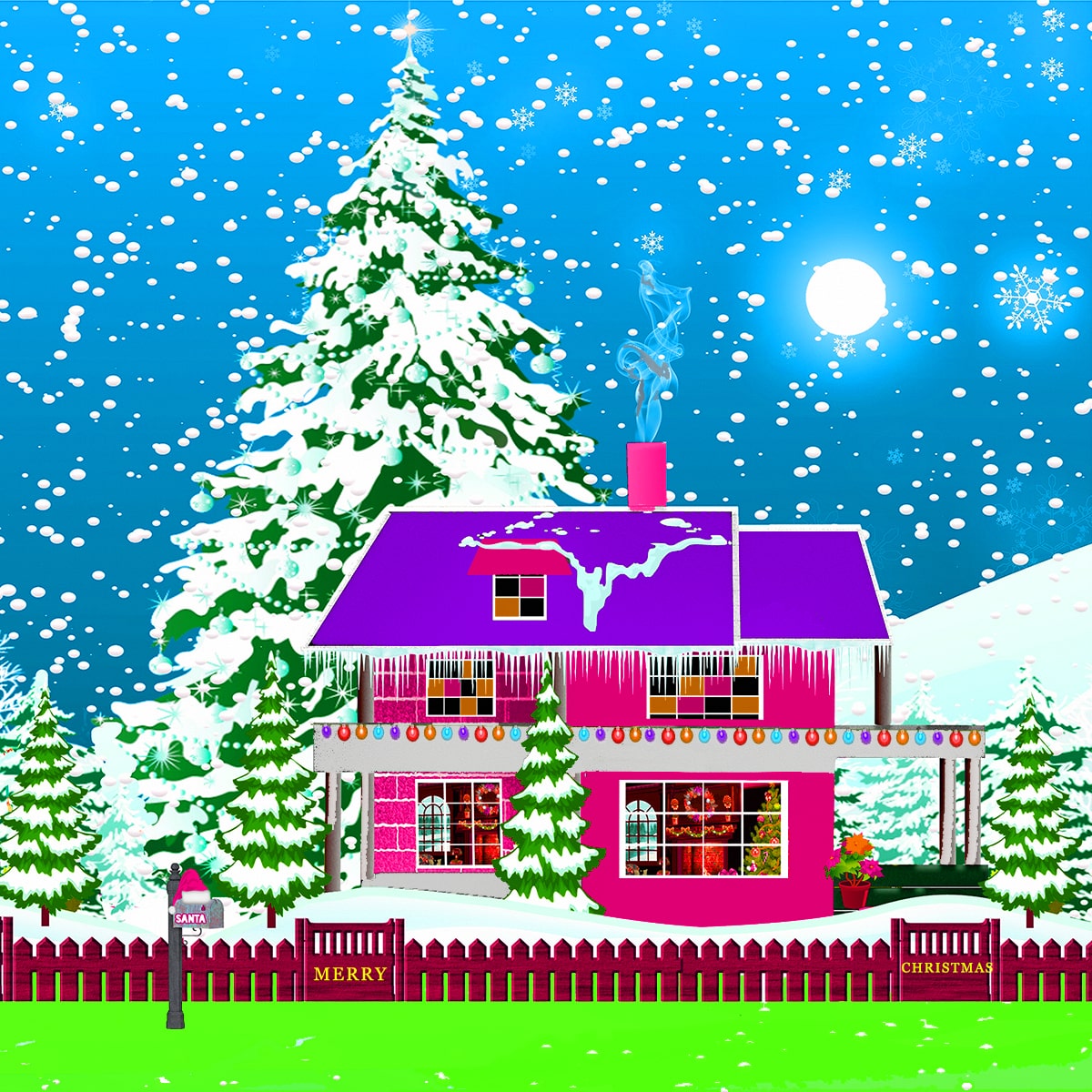
Christmas is celebrated on December 25 and is both a holy religious holiday and a worldwide cultural and economic phenomenon. For two centuries, people around the world have been practicing it with customs and rituals that are both religious and secular in nature. Christians observe Christmas Day as the anniversary of the birth of Jesus of Nazareth, a divine leader whose teachings form the foundation of their faith. Common traditions include exchanging presents, decorating Christmas trees, attending church, sharing meals with family and friends and of course, waiting for Santa Claus to arrive. 25 December – Christmas Day–since 1870 it was a federal holiday in the USA.
Christmas Day Starting

It was a season of celebration around the world in the middle of winter. Centuries before the advent of the man named Jesus, in the darkest days of winter, the early Europeans celebrated light and birth. During the winter solstice, many people were thankful that the worst of the winter had been behind them and could expect longer days and long times of sunshine.
From 21 December, the winter solstice, to January, in Scandinavia, Norse celebrated Yule. To recognize the return of the light, fathers and sons brought big logs that they set fire to. The people would rejoice until the log came to light, which could last up to 12 days. The Norse thought that any fire spark was a new pig or veal which would emerge in the year to come.
Europe celebration
In most parts of Europe, the end of December was the best time to celebrate. Most of the animals were killed at that time of the year so the winter did not have to feed them. It was the only time they had a supply of fresh meat for many of them. Furthermore, much of the year’s wine and beer is fermented to drink. In Germany, during midwinter holidays people honored the pagan god Oden. The Germans were afraid of Oden, who felt he was taking the night flights across the sky to observe his people and who would succeed or die.
The Christmas Day Jesus Was Born?
Easter was the biggest holiday in the early Christian years, not the birth of Jesus. Church officials voted to establish Jesus’ birth as a holiday in the 4th century. Sadly, the Bible does not state its birth date (a fact Puritans later pointed out in order to deny the legitimacy of the celebration). Though some evidence indicates that he might be born in the spring, Pope Julius I decided on December 25. (Why would shepherds be shepherds in middy winter?). The church is widely believed to have chosen to follow the rites of the pagan Saturnalia festival on this date. The tradition spread in Egypt in 432 and England at the beginning of the sixth century, which was called the Festival of the Nativity.
Christmas Festivals
The Christmas festival had spread across Scandinavia by the end of the eighth century. Christmas is celebrated 13 to 14 days after the 25th in the Greek and Russian Orthodox Churches today. This is because the Gregorian calendar is used by Western Churches, while the Julian calendar is used by Eastern Churches 13-14 day after the Gregorian calendar. Epiphany or Three Kings’ Day 12 days after their own Christmas is observed by both Western as well as Eastern churches. It’s assumed on this day that Jesus was actually discovered by the three wise men in the manger. In keeping with Christmas, church leaders have increased chances that Christmas will be famous, but have lost the right to decide how it was celebrated by the traditional Winter solstice. Christianity had replaced, for the most part, pagan religion in the Middle Ages. In a carnival-like, intoxicated environment, close to today’s Mardi Gras, believers visited church in Christmas and then enjoyed raucousness. The “lord” of misrule would be crowned each year by a beggar or a student and enthusiastic celebrants played their part. The poor went to the rich’s homes and wanted their best food and drink. If the owners did not comply, their guests most likely would terrorize them. Christmas became the season for the year when the upper classes were free, with less fortunate people, to repay their actual or perceived debt to society.
Christmas in Pakistan

25 December is a public holiday in Pakistan, yet it is commemorating Pakistan’s founding Jinnah. As in India, a very small proportion of the population is Christian. However as Pakistan has more than 162 million inhabitants, there are over 5 million Christians! In Pakistan, most Christians are very poor and live in the region.
Cathedral Church
A major procession, from St. Anthony’s Church to the Cathedral, takes place in Lahore at Christian festivals, such as Christmas and Easter. The services to the Cathedral take hours. These are then very vigorously embraced! Spiritual workshops are held before and during Advent to help people prepare for Christmas or Bara Din (which means ‘the big day in Urdu and Punjabi). Even among Muslims in Pakistan, this term is very common.
Carol singing in many groups is organized during the last week of Advent in several Christian areas. They go from home to house with songs and the family gives the chorus something in exchange. The money gained from these carols is mostly used or donated to the church for charitable work.
Each house has its own décor and a star on the roof in the major Christian regions. The roads have been illuminated and furnished. Also significant decorations are the crib and Christmas tree. Crib competitions often happen! Christians will also swap cakes for Christmas. Churches are lined in Christmas Eve for midnight or watching mass. The singing of the choirs is rather special. Some fireworks have occurred following the vigil mass, helping celebrate the beginning of Bara Din. People dance, exchange gifts and enjoy the special evening.
Christmas in India
Christmas in India is quite a small festival relative to other religious holidays, owing to the figure of Christians (around 2.3%) compared to other religions. That being said, India has over one trillion inhabitants, so over 25 million in India are Christians!
Christmas in Mumbai
In a city Mumbai is one of the biggest Christian Indian Communities. Many Christians in Mumbai are Roman Catholics (formerly known as Bombay). Around 26% of people are Christians in India’s smallest state, the Goa, on the west side of India. In Mumbai many Christians have their origins or come from Goa. There are also significant communities of Christians in the states of Manipur, Meghalaya, Nagaland and Mizoram (all in Eastern India).
In northwestern India, the Bhil tribal Christians go to sing their own carols all night long for a week after Noël. They go to the towns that surround them, sing and share the story of Christmas.
In Kerala Were, South West India, 22% of the state population is Christian and Christmas is a major festival. Orthodox Catholics do not quickly eat until midnight, from 1st to 24th December. Each house has a Christmas star decorated. Almost every stationary shop will be full of new and assorted Christmas stars at the start of the Christmas season. In their homes and churches people make cribs.
Christmas With Family
What do you remember most fondly when you look back to your favorite vacation? It may involve some kind of annual tradition, whatever it is. It is the same year by year, and it is really the nostalgic chord of the season that you and your family have evolved and changed in the intermediate 364 days. Even though this year the holiday is definitely different because of the COVID-19 pandemic, many ways to ensure that the time between Thanksgiving and Weihnachts is full of happiness, love and fun are still in place.
Eve, Celebration
It’s Christmas Eve, so that you made your holiday in the hustle and bustle and probably have to search your Christmas bucket list for lots of fun activities! In all of the excitement and importance of Christmas Day, it’s almost time to relax. It is time to slowly celebrate, spend some good time with your friends and your family and enjoy some of our favorite tradition of Christmas Eve. Do you have no Christmas traditions, or would you like to introduce new to your December? We have completed some of our favorite traditions of Yuletide right here including cookies for Christmas, games, and giveback. While you probably did all these things over the holidays, on Christmas Eve they are all still unbelievably enjoyable to do. For a family, traditions are powerful. They put families closer together for one thing. Traditions require time and effort by default. This time you will revisit the experience together, helping you make fresh memories. Traditions remind us to interrupt the busy life-cycle as long as possible to reconnect and create bonds.
“However, children are the ones most influenced by rituals. Martin V. Cohen, PhD, Associate Director of the New York Hospital-Cornell Medical Centre, said The children love rituals. Children will experience interesting rituals – artistic, spiritual and emotional.”
In these holidays they find a sense of awe and offer them an impression of Christ’s greatness—the celebration of his majesty not just of the family.
Often it is the tiny things that help us find Jesus in Christmas—a stranger’s smile, a beloved’s card. Yet parents also have to be deliberate. These are parents’ practices to help their families rejoice or draw together together as families to the birth of our Savior. Traditions are important to families as they provide opportunities to uphold the heritage of their families. Traditions, from simplicity to ignorance to emotion, can create meaningful memories. Do not hesitate this Christmas season to try out some new traditions to see what works and what does not work for your family. You can only establish a new tradition for generations to come.
Christmas is a time for the people to relax and have fun. Each family is followed by such rituals. Here are some amusing traditions to incorporate into the household. Here is a list of thirty rituals in your family.
On festive occasions, prepare at least a meal together. Cooking with your children and family is a fun way to connect. Prepare those dishes that all the members of the family will appreciate.
Going Shopping
Go shopping with you on vacation! Christmas is a great excuse for squandering and for any member of the family to buy new clothing, shoes or gadgets. The enjoyment of new toys on the faces of the children is so clear!!
Christmas Tree History
The history of Christmas trees dates back to the symbolic use of evergreen trees in ancient Egypt and Rome, and continues in the 1900s to the German custom of candlestick Christmas trees. Discover the history of the Christmas tree and the decorative habits of Queen Victoria from the earliest winter solstice to the yearly lighting of the tree at New York City.
How Did Christmas Trees Start?
Even before the coming of Christianity, green plants and trees had a special significance in the winter for people all year round. Much like today people hang evergreen boughs on doors and windows during the holy season with their pine trees, spruce and fir trees. Evergreens were believed to be keeping out witches, fantasies, bad spirits and disease in many nations.
In the Northern Hemisphere, on December 21 or December 22, the shortest day and longest night of the year is known as the winter solstice. Various ancients thought that the sun was a god and that every winter came because the sun god was sick and poor. The solstice was celebrated because at last the sun god was going to start well. Evergreen branches remembered all the green plants that would regenerate when the sun god was high and in summer.
A god named Ra, who had a hawk’s head and was worshipping in its crown the sun as a fiery disc. When Ra was healed from his disease at the solstice, the Egyptians filled their homes with green palm rushes symbolizing the victory of life over death.
In celebration of Saturn, the god of agriculture, earlier Romans celebrated the solstice with a feast called Saturnalia. The Romans knew that the solstice would soon turn farms and olive groves green and fruitful. They adorned their homes and temples with evergreen branches to mark the occasion.
The enigmatic Druids, the antique Celts priests of Northern Europe, adorned their temples, as a sign of eternal life, with perennial boughs. In Scandinavia the fierce Vikings thought that the evergreens were Balder, the unique sun god herb.
In the illuminated London News with their children around a Christmas tree, the famous royals Queen Victoria and her German Prince Albert were sketched in 1846. In comparison to the previous royal family, Victoria was popular with her subjects, and what was done in court quickly became trendy – not only in Britain but in the East Coast American Society. The tree of Christmas had come.
In 1890s Tree History
At the 1890s Christmas decorations came from Germany, and the popularity of the Christmas tree rose in the United States. Europeans used tiny trees about 4 feet in height, while the Americans preferred to reach their Christmas trees from floor to ceiling.


